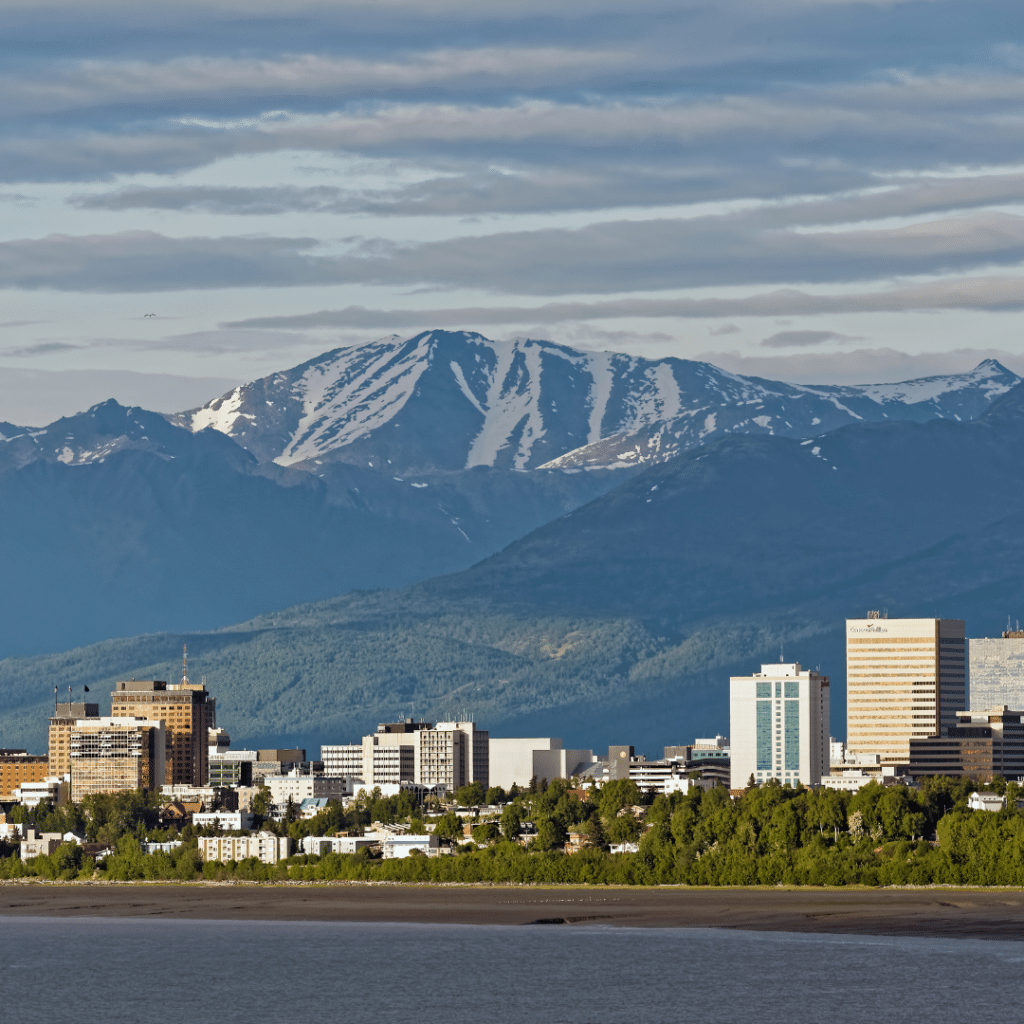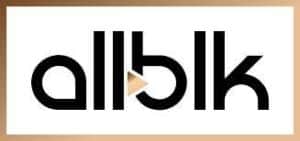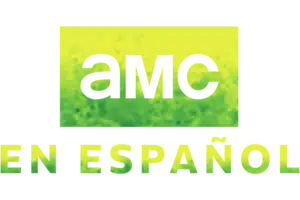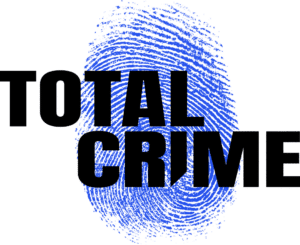Savvy cord cutters know that an Over-the-Air (OTA) TV antenna is the best – and most cost-effective – way to watch your local broadcast TV stations like ABC, CBS, NBC, PBS and FOX. Along with your TV antenna and your location, the next critical aspect in Over-the-Air (OTA) TV reception is the presence of obstructions or sources of interference between your antenna and local broadcast towers.
Visible obstructions and/or invisible sources of interference can cause errors in the broadcast TV stream resulting in audio drop outs and/or pixilation and stuttering in the video.
And unlike the days of analog TV, a digital OTA TV picture won’t degrade slowly into ‘snow’, it will often just stop – something known as the digital cliff.
That’s why obstructions and interference can have a huge impact on the number of channels you’re able to receive and reliability of those broadcasts.
If you use an OTA DVR like Tablo, obstructions and interference can also cause your recordings to fail.
Keep reading to learn the most common sources of OTA obstructions and interference so you can avoid them when possible.
Common obstruction sources to OTA TV reception:
In general, obstructions are visible impediments affecting the line-of-sight between your local broadcast towers and your Over-the-Air TV antenna.
Common obstructions include:
#1: Mountains & Valleys
If your local broadcast tower is behind a mountain, or you live in a deep valley, obtaining a good OTA TV signal will be problematic as the signal’s line-of-sight will be blocked, or will pass right over your TV antenna.
#2: Trees
Lucky enough to have a house surrounded by 100-foot century-old redwoods, or just a handful of huge maples? This can also block OTA TV reception, especially in the spring/summer when increased foliage and wind can cause breakup of Over-the-Air TV reception.
#3: Large Buildings
If a large concrete office building sits between you and your local broadcast towers, your TV reception may also be blocked. Buildings with ‘mirrored’ exteriors can also create multipath interference as signals are ‘refracted’ or bounced off the shiny surfaces.
#4: Your Home’s Construction Materials
Just like cell phone and satellite radio signals can’t penetrate parking garages, concrete and rebar construction or mesh stucco walls can block Over-the-Air TV signals.
Over-the-Air antennas should never be placed in basements, or in windows with metallic film, security bars, or mesh as this will obstruct signals. Those planning to install an antenna in their attic should also choose a different location if they have a radiant heat barrier or metal roof.
Common interference sources to OTA TV reception:
Just as visible obstructions can impact your Over-the-Air TV signal, invisible sources of interference can also affect your Over-the-Air reception.
Common sources of interference include:
#1: Power Lines
Even if it’s not directly in front of your OTA TV antenna, overhead power lines leading to your house or high-tension lines in your backyard can reflect signals from broadcast towers, decreasing your antenna’s capacity to clearly ‘see’ the signals.
#2: LTE Cell Towers
Traffic from nearby LTE cellular towers can also create invisible interference. Good quality TV tuners (like the ones in Tablo DVRs) and even some antennas can have some built-in LTE filtering, but the addition of LTE filter antenna accessories can also help mitigate this.
#3: LED Lightbulbs
If your OTA TV signal gets worse at night, try turning off the lights. While newer, good quality LED lightbulbs certified by the FCC (or Industry Canada) should not cause any interference with your OTA TV signals, older or lower quality bulbs can create enough radio frequency (RF) interference to block signals.
#4: Weather
To a lesser and far more variable degree, weather can affect your OTA TV signal – especially severe fog/rain/snow and large temperature swings – as the signal reflects off moisture in the atmosphere.
Cutting the cord on cable using a TV antenna should be easy and cost-effective, but obstructions and interference can throw a monkey wrench into your plans.
Being aware of potential impacts to your OTA TV signal and avoiding them when possible can ensure your cord cutting journey doesn’t become as frustrating as your monthly cable bill.
Liked this article?
Check out these tools and posts on Over-the-Air TV antennas, OTA signals and reception next:
- Tablo’s TV signal locator
- What Is the Best Over-the-Air TV Antenna for Cord Cutters?
- How Your Location Impacts Your Over-the-Air TV Reception
- Where to Place and How to Install Your Over-the-Air TV Antenna
- Why OTA Frequency Bands Matter for Cord Cutters with Antennas
- Getting Technical with Over-the-Air TV Reception
- Reusing Existing Infrastructure for OTA Antenna Connections
- How to Access OTA Signals from Multiple Directions
- How to Find a Local Over-the-Air TV Antenna Installer


















































































